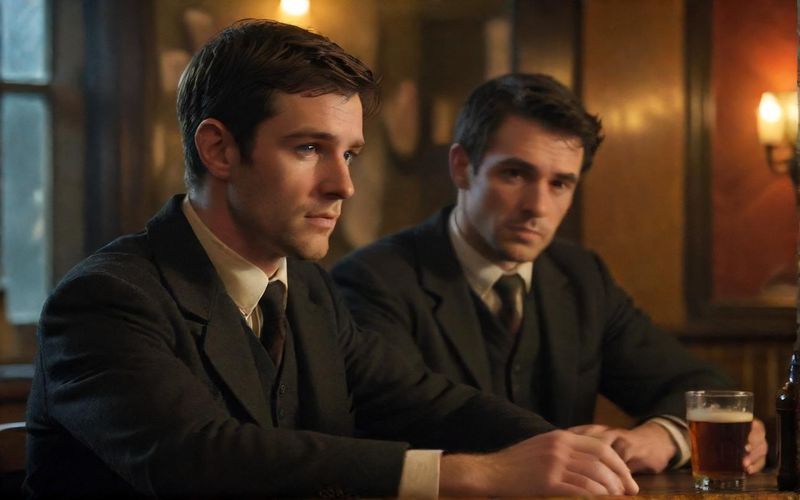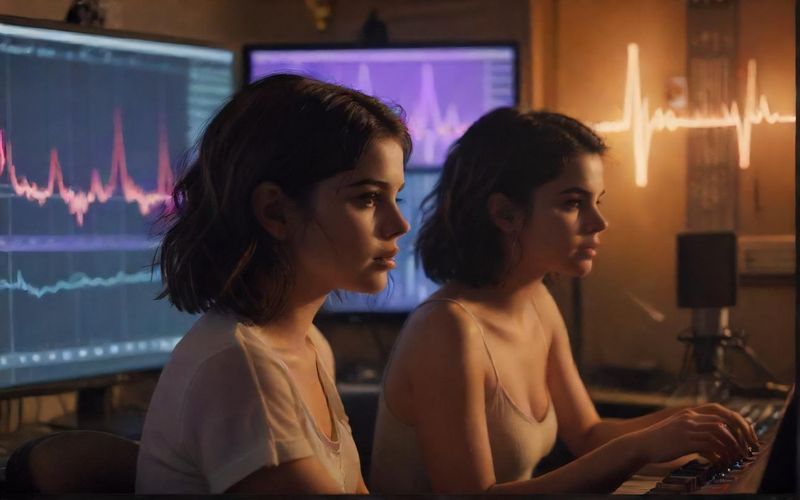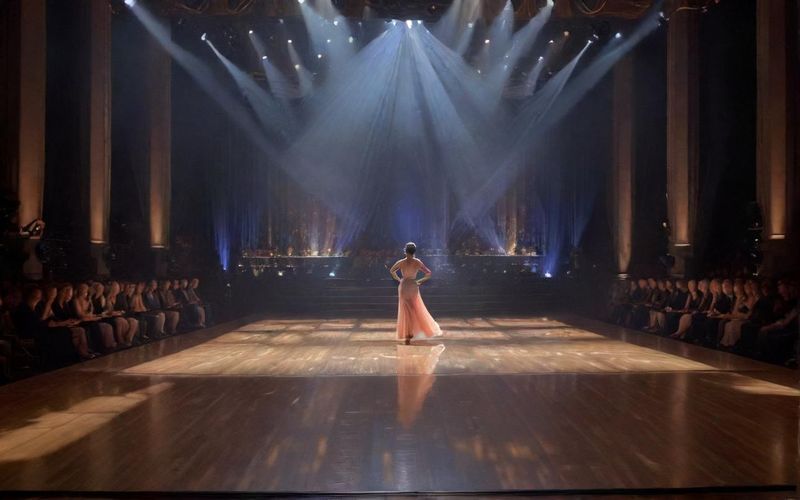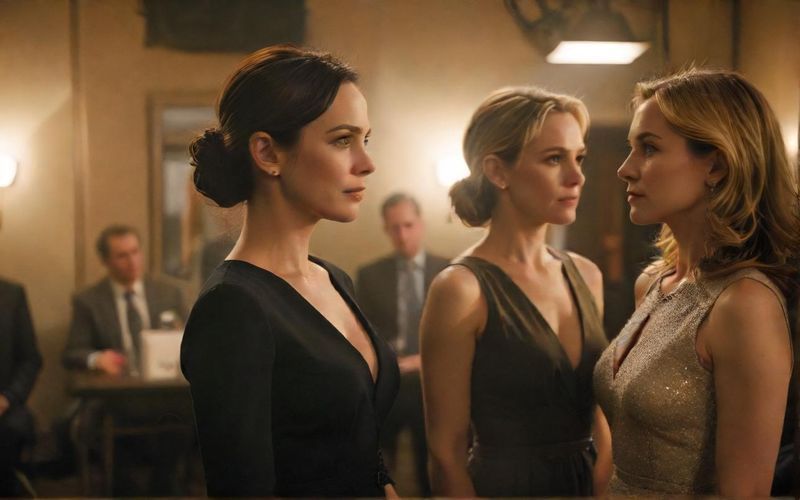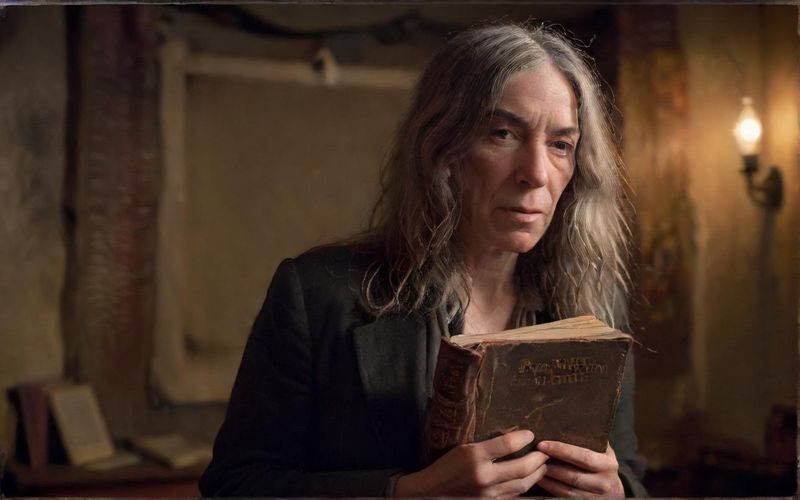Tarantino's Kill Bill: Entire Epic Hits Theaters
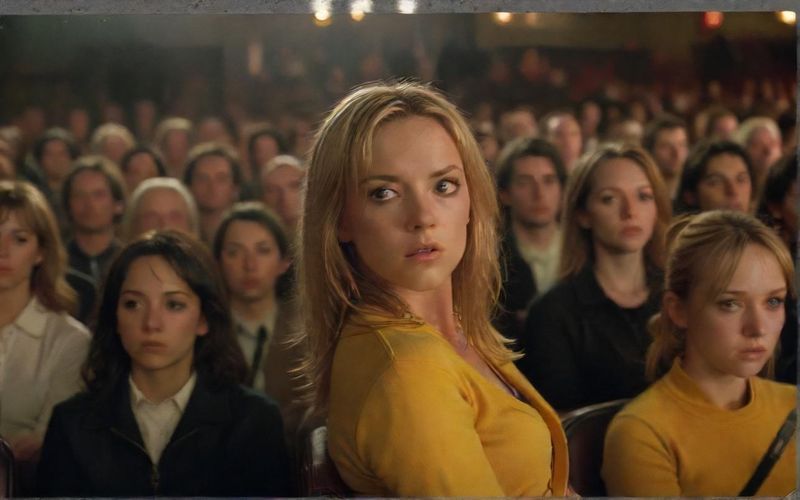
This isn't just about extending a runtime or tacking on extra scenes. "The Whole Bloody Affair" represents a return to Tarantino's original vision. He conceived "Kill Bill" as a single, sprawling revenge epic, only to bifurcate it for practical reasons, splitting the narrative into "Vol. 1" and "Vol. 2" a mere six months apart. Now, the director is finally offering us the chance to experience Beatrix Kiddo's brutal, balletic quest for vengeance as a singular, immersive event, a deliberate choice that speaks volumes about his craft. It's a chance to truly feel the momentum he intended, the ebb and flow of fury and sorrow without the jarring interruption of credits and a new release date.
Watching "Kill Bill" in its original, split form was an exercise in anticipation. We savored the build-up in Vol. 1, the sheer visceral impact of Uma Thurman’s Black Mamba unleashed, only to be left hanging, craving the resolution. Vol. 2 delivered that catharsis, but the pause, while effective, always left a small part of me wondering what it would have been like to mainline the entire, unadulterated experience. This extended cut, with its promised anime segment and a generous 15-minute intermission (a welcome nod to cinematic tradition), feels like a gift to the devoted fans, a deep dive into the meticulous world-building that has become a hallmark of quentin tarantino's work.
It's easy to get lost in the sheer audacity of the fight choreography, the razor-sharp dialogue, and the unforgettable soundtrack. But beneath the stylized violence lies a surprisingly resonant core: a woman systematically dismantling the patriarchal structures that sought to erase her. Beatrix Kiddo's journey is one of reclaiming power, of transforming trauma into a potent weapon. And the fact that this monumental story is being presented in its entirety now, years after its initial release, underscores its enduring relevance. In an era often saturated with disposable content, the chance to revisit a meticulously crafted narrative, one that rewards patient viewing and thoughtful analysis, feels increasingly valuable.
The whispers of a potential "Kill Bill Vol. 3," with Uma Thurman and her real-life daughter Maya Hawke, continue to swirl. Tarantino himself has spoken about the tantalizing prospect of seeing The Bride and her daughter, B.B., thrust back into peril after years of hard-won peace. This prospect, while speculative, highlights the enduring power of these characters and the universe they inhabit. It’s a testament to the franchise’s ability to spawn compelling narratives that resonate beyond their initial cinematic footprint. It makes you wonder if this theatrical re-release is not just a nostalgic encore, but perhaps a subtle recalibration, a reminder of the world's hunger for more stories from this particular, blood-soaked corner of cinema.
As "Kill Bill: The Whole Bloody Affair" prepares for its nationwide debut, it invites us to consider the nature of cinematic storytelling itself. What does it mean to truly experience a film? Is it in the initial impact, the subsequent reflection, or the cumulative effect of a narrative told in its intended entirety? Perhaps this extended cut offers a unique opportunity to engage with the film on a deeper level, to understand the architect’s full blueprint, and to appreciate the enduring artistry of a filmmaker who continues to shape our cultural landscape. Will this epic re-release reignite conversations about the future of the franchise, or simply remind us of the sheer, unadulterated brilliance of what we already have?

